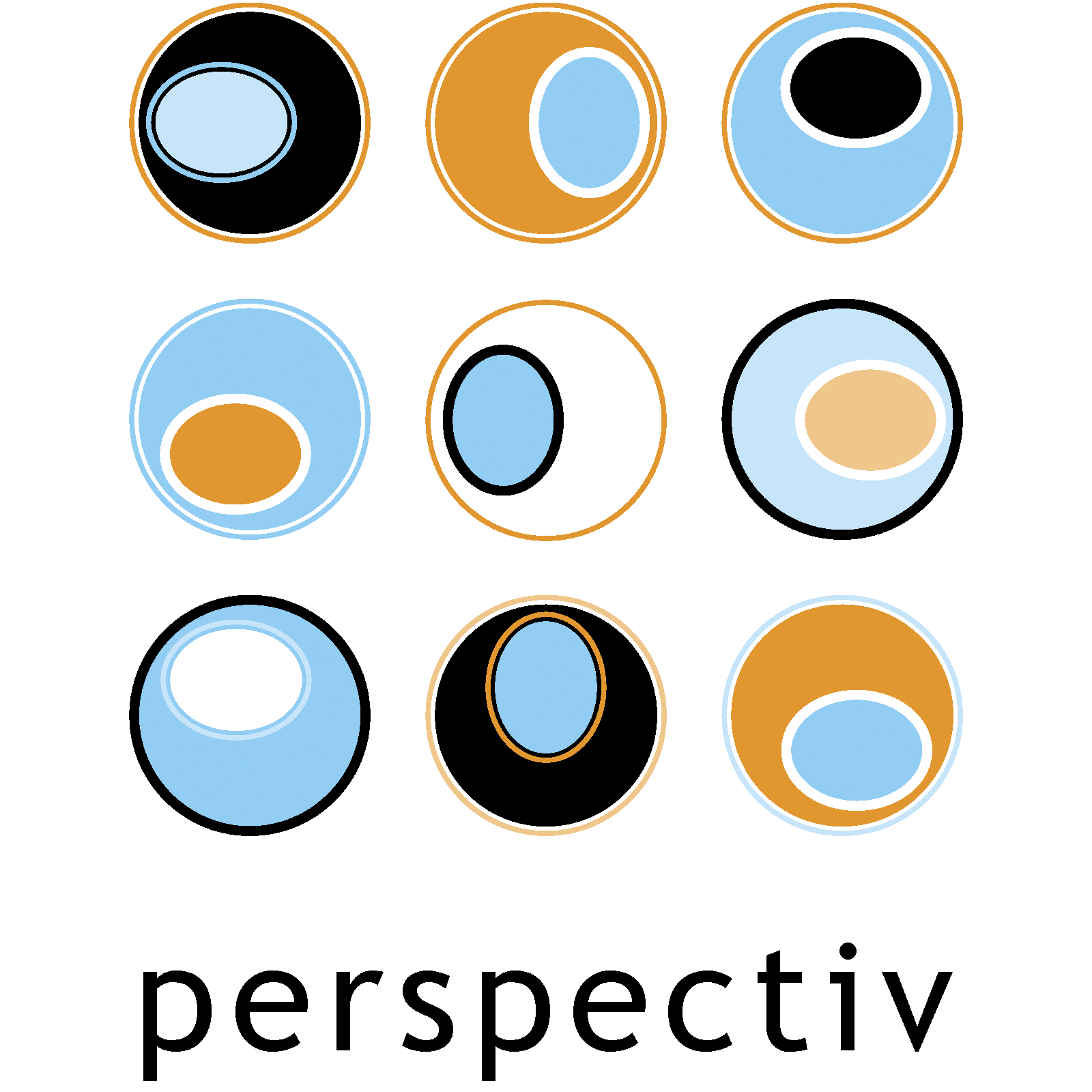From double to quadruple-loop learning
This post introduces the Quadruple-Loop Learning Model, proposed by Perspectiv’s Andy Wilkins, as a framework for leaders to use learning as an enabler to innovation and leadership. It was written by Andy Wilkins and Master’s in Innovation, Creativity and Leadership Alumni, Stephanie Terwindt.
‘It may make more sense to say that in the present world, leadership is not learned but rather that it is learning. When we observe a leader at work, what we may really be observing is a learning process.’
– Lillas M. Brown and Barry Z. Posner
The what
There is a great quote: “Faced with the choice between changing one’s mind and proving that there is no need to do so, almost everyone gets busy on the proof.” It was written by JK Galbraith in 1971 in what is regarded as one of the most important and most unreadable books of the 20th Century, The General Theory of Employment, Interest and Money.
The thing is that it is so often true – people will go to great lengths to defend the indefensible in order to show they are right. People will go red in the face to prove they are right, and daily you can hear people talking in a way that means they would really rather not change their frame of mind.
The good news is that we CAN change our frame of mind. The bad news is that we seem to be quite wedded to our existing frames. It would seem we are all prisoners of the current mental models we are carrying around in our heads. An Indian proverb poetically puts it like this: “The eyes do not see what the mind does not want to see.”
There is also a saying “I will believe it when I see it.” which means that once you see the data or proof, then you might believe it, but not before. (The film Don’t Look Up starring Leonardo DiCaprio, Jennifer Lawrence, and Meryl Streep is a get a great example of this frame of mind playing out.) However, there is major limitation with this approach – it means you only see what is in your existing frame.
A more flexible and contemporary approach is to rewire your mind and try the opposite, rather than “I will believe it when I see it”, reverse it to “I will see it when I believe it” which means observing and attending to new aspects of situations that maybe hitherto unseen, unheard, or unfelt.
Staying open to other possibilities that we do not currently know about helps us stay in touch with the evolving reality of our world, to stay current, and to stay relevant. Of course, one can always set about proving we are right and not change our mind!
Building on Chris Argyris’s famous double loop learning approach, this means that to really understand the consequences of our behaviours, we need to upgrade double loop learning to quadruple loop learning by not only:
reacting with single loop learning, but maybe also
reframing our personal mental models with double loop learning, and then
reshaping the context we are part of with triple loop learning, and ultimately maybe
re-attuning our intentions with quadruple loop learning.
So what?
The value and power of Self-Reflection and Double-Loop Learning are already well known and accepted, and the additional value of the Quad-Loop Learning Model is to help people:
be aware of what to scan for when reflecting with the addition of the Triple and Quadruple Loops
to take a more systemic approach to reflecting and to think about the triggers in the system rather than just their own self-reflection.
There is an adage that “actions speak louder than words”, but we propose that we would experience less conflict in our relationships if we thought more about people’s intentions rather than just their actions. If we think more about our own and other’s intentions, the resultant behaviour often makes more sense which we can accept more readily, and therefore value more diversity in behaviour.
Now what?
The Wilkins Terwindt Quadruple-Loop Learning Model theorises that the four elements influence each other and thus the ultimate outcome. The initial intention can change context, which in turn might precipitate a change in a person’s frame of mind, which might then drive a change in behaviour, and ultimately result in a new and improved end-product.
If an individual can shift and/or be truly clear about their real intentions at the outset, then the context, person, and process can all be potentially similarly re-attuned and create more of what we want rather what we don’t want. Unless of course, all we want is to be right.
In conclusion, the Quad-Loop Learning Model is a new tool to help people:
up the ante on their effectiveness
understand themselves and others better
work with critical friends (learning buddies, coaches)
be more repeatable, explicit, and deliberate in their development.

